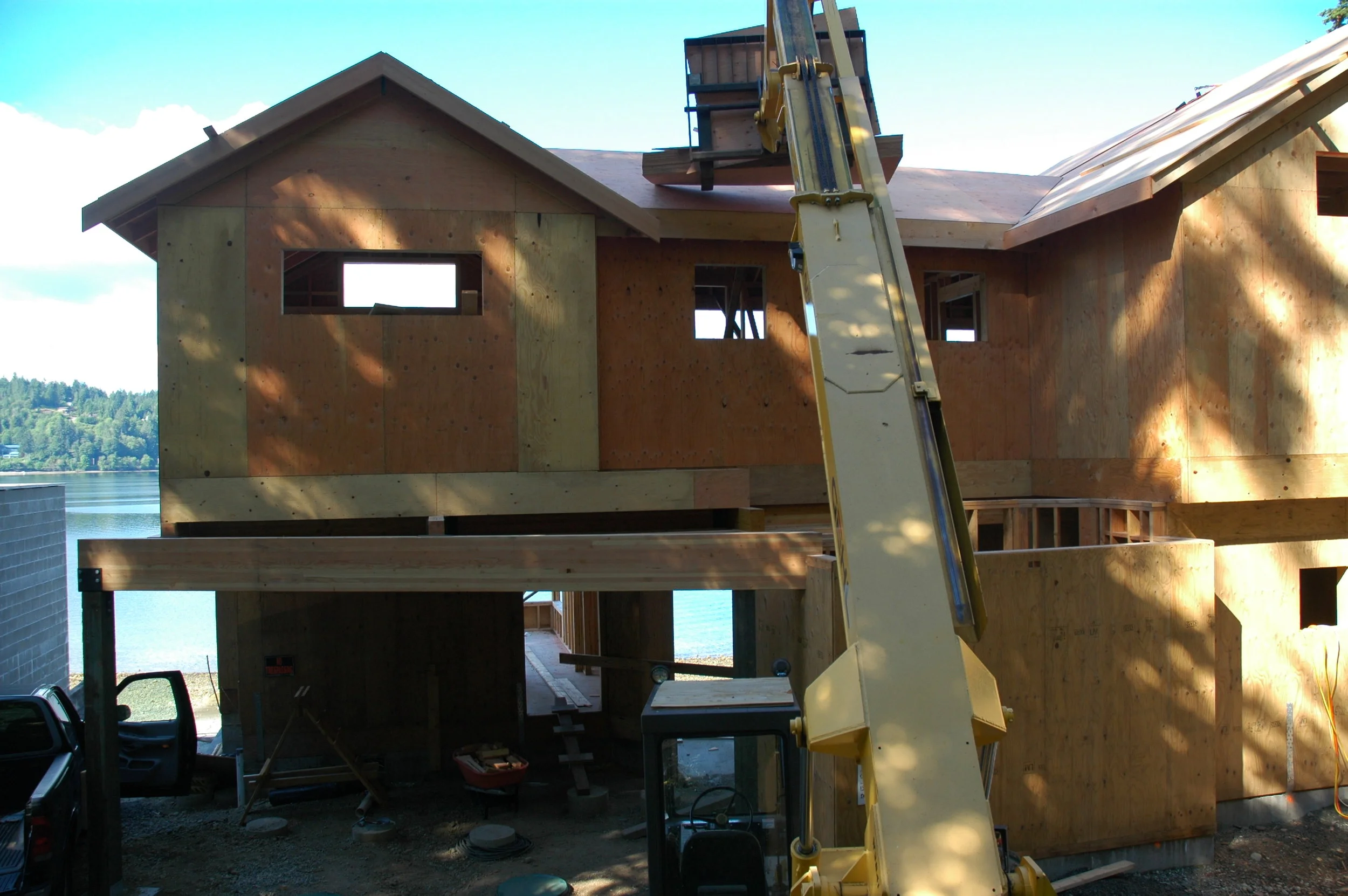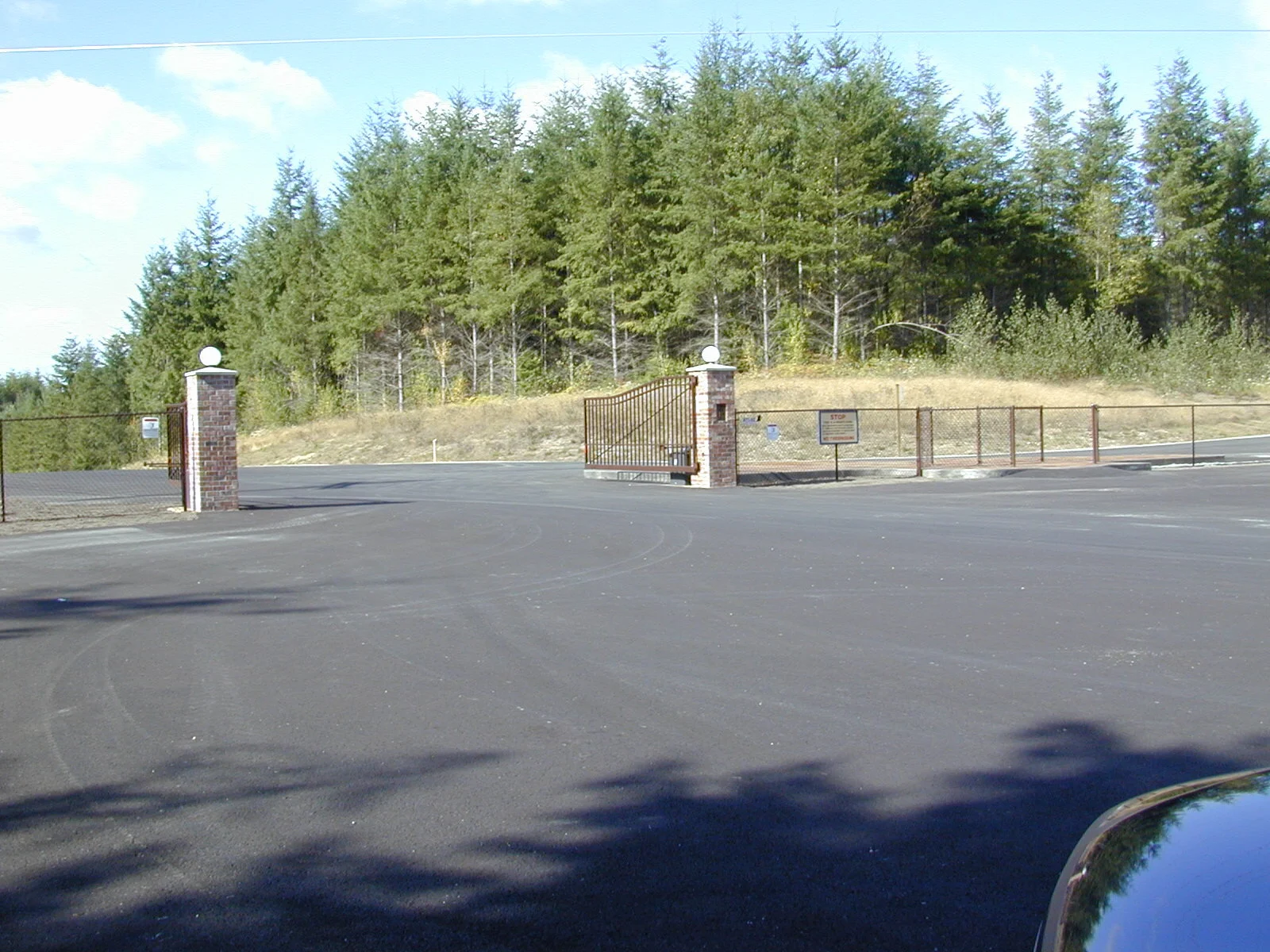How To Manage A Homeowners Association
Managing a Homeowners Association
A Homeowners Association exists to perform the functions of oversight and management of the governing documents of a community. These documents are typically the Covenants, Conditions and Restrictions recorded and on title for the private and common real property in the subdivision. Additional oversight can include the management of road maintenance, easements and environmentally sensitive areas.
For this segment I want to focus on the management aspect of a private Homeowners Association. Additional information on CC&R’s can be obtained from my post “What Are CC&R’s In Real Estate”. I have never counted the number of Homeowners Associations that I have created and been the Principal of, but it is enough to qualify for some detailed insight regarding management, which is the topic of today.
But first, a background primer - HOA structure:
State law dictates how an HOA should be formed, along with any local statutes. State and local laws can vary widely. For instance, in Florida there are many huge communities with hundreds or even thousands of homes. Developers, and later the homeowners, typically contract with HOA management companies that handle it all for a fee. I have been a Board Member representing the developer on a few of them. In the Pacific Northwest this is less common. The HOA’s are typically privately managed by the developer, with management turned over to the residents at a future point.
Federal law can come into play for larger HOA’s, especially concerning employees. Two examples can be OSHA and the Department of Labor related to EEOC. Legal counsel is necessary to cover the all of the bases and to draft the legal documents for recording. Once recorded, the real work begins for whoever is named as President and Board Members.
Being President of a HOA:
Congratulations… I guess. It has been my experience that the most vocal and active members at the annual meetings are usually nominated to be President or for the Board, as long as they are considered reasonable, fair and intelligent enough.
Either that, or you are the developer and want to maintain control of the documents until a certain sell out point and don’t want the them changed by a vote of the residents. Either way, you will run into certain challenges if your experience is anything like mine.
Due diligence:
Financial Statements:
I believe the very first task of anyone accepting a leadership position in a HOA is to review the financial statements that they are taking over management of. Auditing the financial statements ensures that the correct amount of money is there and has been managed responsibly up to that point. Do not assume!
Insurance:
The President and Board needs to make sure the entity is properly insured. Just two areas would be Liability and E&O – Errors and Omissions. A qualified insurance broker is required.
Review and understand the documents:
I am not talking about skim reading here! The President needs to be current on every stipulation of the governing documents and the Board Members need to be similarly educated in their respective roles. That way they are prepared for the top 3 things that seem to always happen somewhere along the way.
#1 - Owner disputes:
Any requirement in the recorded documents can be violated and if the HOA doesn’t catch it, the neighbors certainly will. Complaints are frequently time related. For instance, if my neighbor is constructing a fence that is using non-complying materials, I want the HOA to handle it as the first few posts and slats are going up not after the whole thing is built. The HOA needs to be nimble and fast about responding. I have typically handled emerging violations with an immediate phone contact or face-to-face meeting with the violating owner, followed by a Certified Letter with return receipt requested. This provides necessary formal notice and documentation. I also start a file on the violation, noting every interaction and then save it permanently in the HOA files.
#2 - Failure of the HOA to enforce:
Failure of the President and/or Board to enforce the rules is the second most common problem I see. This usually happens by failing to routinely inspect the community, being unfamiliar with the governing rules, and/or overlooking or ignoring infractions. Let’s stick with the fence example described above. If the HOA fails to notice or ignores the non-complying fence being constructed and it is finished, the problem has grown exponentially. Now, through time consuming and possibly expensive enforcement procedures the violator can be forced to tear it down, but you can bet it will be a battle.
#3 – Approving plans that violate the CC&R’s:
You would think this wouldn’t happen, but it does. Sticking again with the fence example: Let’s say the owner actually submitted plans for the non-complying fence, then the HOA’s Architectural Control Committee granted written permission to built it as submitted. Once the approval error is discovered the HOA is on the hook and could wind up paying for the demolition. Or, they could let it slide and the next guy who wants to construct a non-conforming structure can nail them for inconsistency in the approval process. It goes something like this: “You let Joe next door build and keep his plastic fence that violates the rules, why are you not letting me build my chicken wire fence”? Hummm…
Serious violations:
I have had a few. One memory is of a property owner that decided he would fill in a protected wetland, which not only violated a bunch of federal, state and local laws, but also would have sheeted runoff water onto adjoining properties. In this case I used not only HOA enforcement, but also formally notified the State Department of Ecology and County Code Enforcement.
Then, there were two neighbors that grew to hate each other over petty issues that were continually brought to my attention, but were not actual violations. One day, one of them confronted the other with a firearm. I took no action except to immediately call the Sheriff’s Department via 911. Luckily, the six or more Sheriff & State Patrol cars that showed up did the trick and it never happened again.
My huge error:
I had a certain up-scale community. There were provisions in place for banning modular homes – stick built only was the requirement. The owners submitted plans to me as President of the HOA and Architectural Control Committee, so I reviewed them. The structure complied in all ways (I thought) so I gave written approval.
What I missed, and it was not noted on the plans, was that the house would be stick built off-site. A concrete foundation was poured and then several modular sections began to be trucked in to assemble together on-site. This was one time I thought for sure I was going to be sued since the community was full of retired Dr.’s and a couple of attorneys and they were on the phone to me the day that the first truck arrived. I would have lost in court I am sure.
Luckily, through a series of meetings this didn’t happen, but I learned a valuable lesson about modern construction plans. There are gray areas nowadays about what is modular and what is stick built. No matter, from then on I stipulated that homes had to be “substantially stick built on-site” and that anything not stick built on-site (like trusses) had to be notated in the plan submission to the ACC.
I would also mention that the companies building off-site modular sections of this kind are very sneaky about not showing this method on the plan sets. They don’t tell you where the stick built construction occurs.
Things you see as the HOA President or Board:
Personalities:
I have never had a community where there weren’t a couple of “problem children” in the community. In fairness, no matter how low or high end a community is, the folks are spending a huge amount of money to buy into it. Therefore, they have every right to expect that their interests are being properly managed by the HOA.
Nitpickers:
They can be a pain, but also helpful. This person bird dogs every little thing. It can be a pain in the rear to get these calls, but they are a great ally in discovering problems early on – before they become big.
Haters:
They don’t like anything and let you know it. In particular, haters are about interpersonal conflicts – people against people with the property issues as the jet fuel. When I have this kind of conflict, I usually ask they parties to talk first amongst themselves, then come to me with recommendations. However, this method cannot be used to avoid engagement by the HOA. If it’s a violation. then it needs to be handled by the HOA, not amongst the parties.
“CPA’s” who aren’t CPA’s:
This person reads and has questions about every expense. Although this can be annoying, they have every single right to question any expense. I don’t usually have any problems with these folks, other than time spent, since my books are as clean as Grandma’s kitchen floor.
“Lawyers” who are not lawyers:
These individuals question the content of the HOA or ACC documents, either to understand or to complain. The understanding part shouldn’t be a problem since it’s my JOB to know the answers to their questions as HOA President. The complaining part can get irritating sometimes, since if they don’t like the way a certain thing is stated in the CC&R’s, they should have discovered that during their inspection prior to closing and not closed on the sale.
Requesting amendments:
I usually maintain control of the HOA and ACC until a certain sell out point and there is a procedure in my state to legally do this. Since I have the votes, residents cannot amend the documents until I turnover the HOA and ACC to them. This prevents developer loss of control through undesired amendments while trying to sell lots. At the same time, I have had several brilliant suggestions given to me at the annual meetings that I have immediately used within the community and for future projects.
Threats:
Not the physical kind, but the “I am calling my lawyer” kind. Here we find the unsatisfied resident that does not like the action or ruling of the HOA. If the rules of the documents are followed by the President and Board Members this should not be a real problem, other than the pain in the rear end part. I don’t take verbal abuse in any aspect of life, including business, but I never allow myself to respond in anger to these people. Professionalism is the watchword at all times, no matter how angry they get.
Wrap-up:
If you aren’t willing to go through with the responsibilities of HOA Management I would decline the nomination. The HOA and Board are responsible to know and follow the requirements of the documents and enforce them. This responsibility is a serious one as community harmony, property appearance and the value of property is dependent on the expertise, follow through and enforcement of the HOA. Attention to detail, in particular for ACC plan approvals is paramount. Consistency of enforcement prevents a slide in community standards and outright negligence by the HOA. Good luck!





